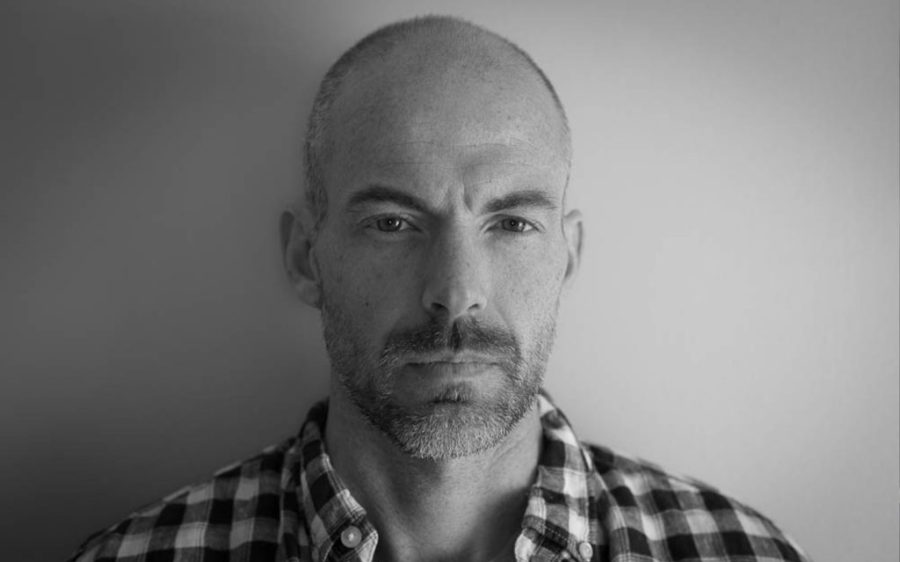American photographer Adam Lampton visited Macao three times on a Fulbright fellowship between 2006 and 2019. The result is a fascinating pictorial record of the city’s transformation from a small gambling town into the “Las Vegas of the East.”
His first stint in Macao was a year long, and ended on 28 August 2007: the day the Venetian opened. That same year, the New York Times reported that Macao’s casinos were already generating more revenue than those of Las Vegas.
Unsurprisingly, the birth of the Cotai Strip is a key subject of Lampton’s lens. “The idea of creating a Las Vegas-sized city in a matter of years as opposed to decades strikes me as something that is extremely unusual – especially in the West,” says the photographer, who has a masters of fine arts from the Massachusetts College of Art and Design.
[See more: True North: Images of Urban Macao]
Titled Nothing Serious Can Happen Here: Photographs from Macau, the book features 71 photos taken using a large-format film camera. The title alludes to W.H. Auden’s 1938 poem Macao, which depicted the city as “a weed from Catholic Europe,” highlighting its stark contrasts and the intricate interplay of history, faith and decadence.
Lampton, who describes his photographic style as “poetically driven realism,” recently made time to talk to Macao News.
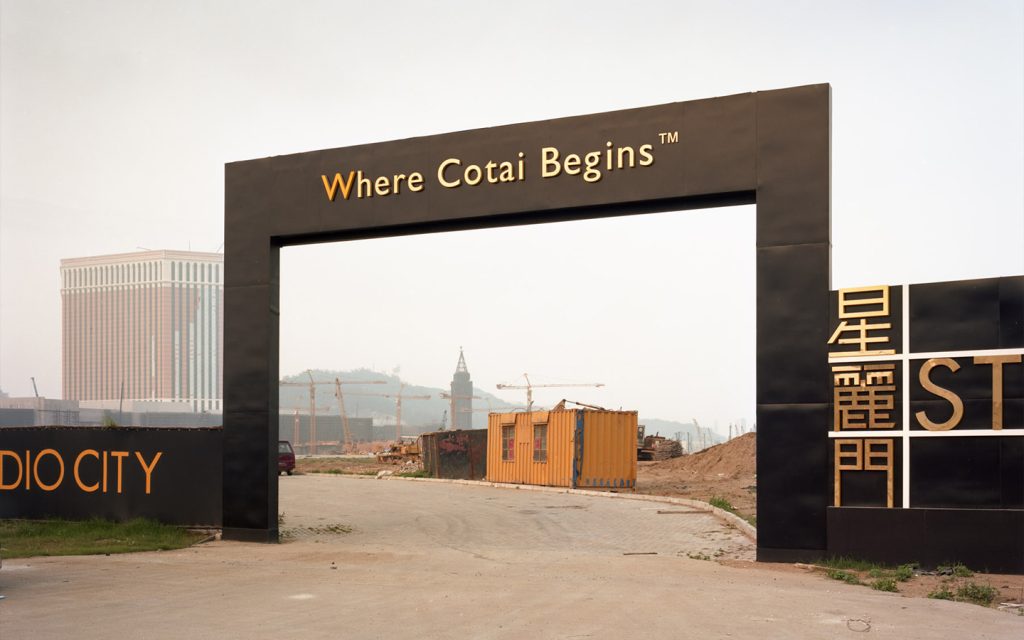
Why did you decide to photograph Macao?
I was originally interested in Macao because of its particular history as a place that is both Chinese and Portuguese. My wife’s family is from Brazil and I have always been curious about the Portuguese colonial legacy.
[See more: The 70th Macau Grand Prix: Photos from an unforgettable weekend]
At the same time, I have always been interested in China. My father was a professor of US-China political relations, and I grew up with the idea that China was important to understanding the world.
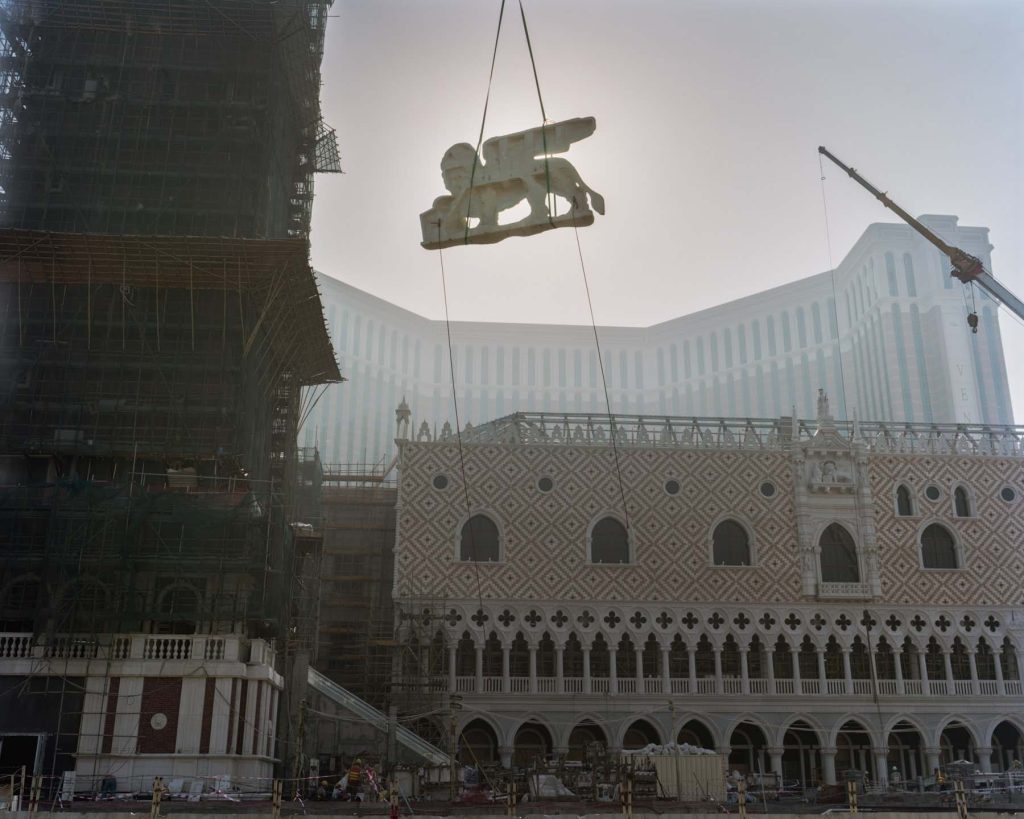
What were your first impressions?
I think what was impressive to me initially was the pace of the change – primarily a physical change, but also a cultural and economic change. The idea of creating a Las Vegas-sized city [Cotai] in a matter of years as opposed to decades strikes me as something that is extremely unusual – especially in the West.
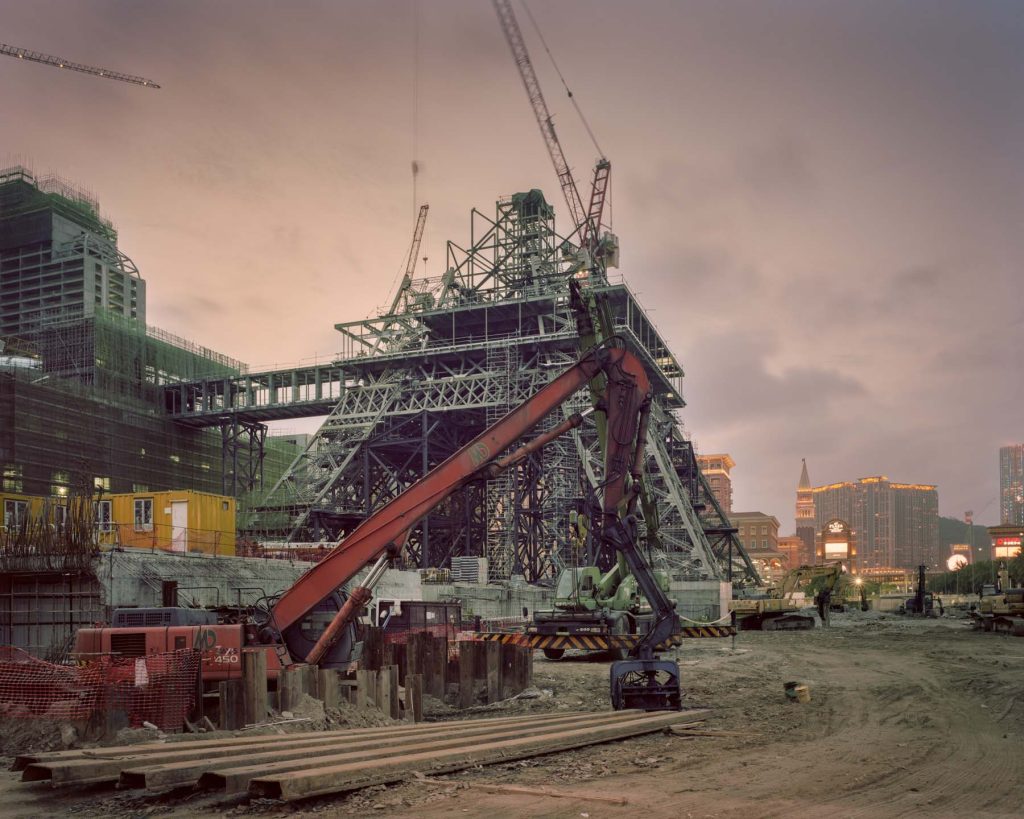
What about on your later visits?
It is hard to beat the scale of change in the Cotai area. When I left in 2007, after my first year, I actually left on the day of the grand opening of the Venetian. When I returned in 2015, City of Dreams was complete as well as a large portion of the rest of the strip. When I left, it was just a field of cranes. Beyond that physical change, the number of tourists increased by 18 million visitors a year between my first and last visit.
It’s hard not to be overwhelmed by the scale and pace of the change. I think one thing that struck me, and which I tried to communicate in the book, was that these casinos and hotels would one day be old and historic in the same way that many of the actual historic sites of Macao already are.
[See more: Images of one of the last race meetings at the Macau Jockey Club]
So if you look at the Ruins of St Paul’s for example – could you imagine the façade of a ruined Venetian one day being visited as a cultural landmark? It may be a silly comparison, but I do think there’s a strange displacement of time in Macao because of the mix of old and new.
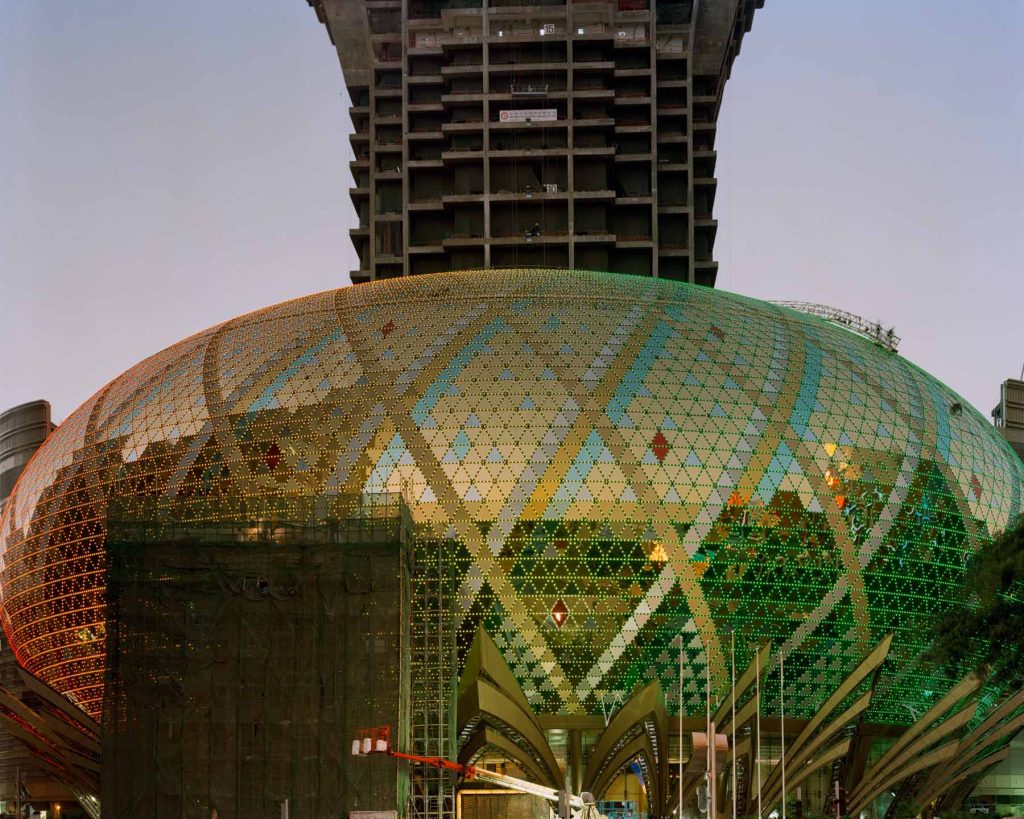
Do you plan on returning to Macao?
I hope to. I don’t have any plans right now, but I am sure I will return some time. I would love to see how some of these new casinos age over time – and then see a second generation of buildings on top of those.
[See more: A photo essay on the refurbishment of Macao’s iconic Grande Hotel]
Beyond that, I am now a little curious about the development of the Greater Bay Area, and places like Hengqin which are a part of a larger program of economic development.

Has your experience in Macao influenced your approach to photography?
It certainly has given me the chance to see photography as a way to investigate history and to think about projects in a very long term way, as opposed to just making interesting photos and then moving on.

